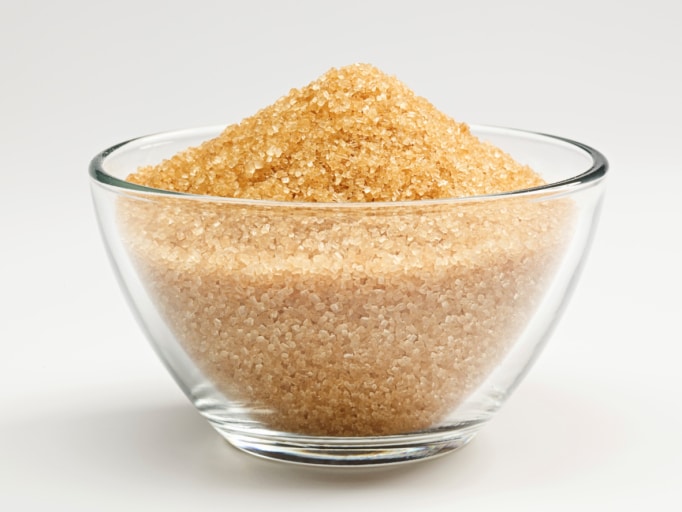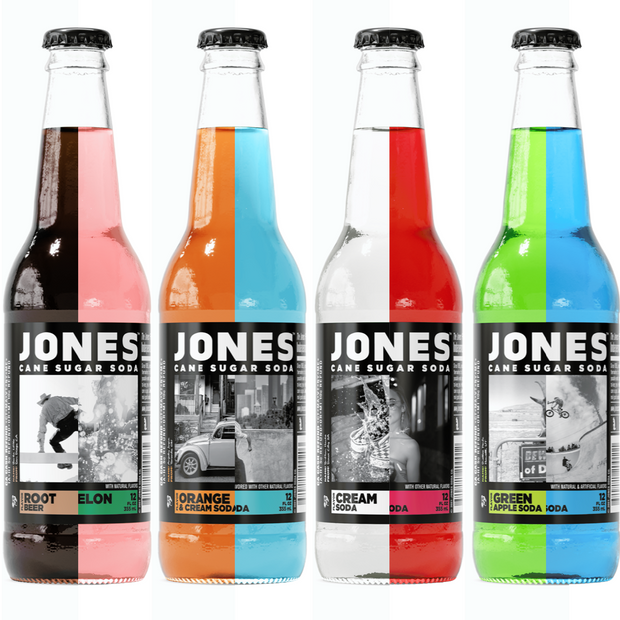The Trip of Cane Sugar Processing: From Harvest to Crystals
The Trip of Cane Sugar Processing: From Harvest to Crystals
Blog Article
Comprehending the Critical Methods and Technologies Used in Modern Walking Stick Sugar Processing
The advancement of walking stick sugar processing has actually been considerably shaped by the combination of innovative techniques and innovations that resolve both efficiency and sustainability. Enzyme-assisted removal and innovative refining methods have reinvented return optimization, while automation facilitates operational dependability. In addition, the emphasis on sustainable methods mirrors an expanding awareness of environmental impact. As we check out these essential developments, it comes to be necessary to analyze exactly how they not only improve production however additionally straighten with more comprehensive sector trends and consumer demands, raising questions about the future of sugar processing and its implications for worldwide markets.
Historical Context of Walking Cane Sugar Handling
The historic context of walking cane sugar handling reveals a rich tapestry of farming advancement and cultural exchange that has actually formed its advancement over centuries. The process of improving and drawing out sugar obtained momentum in India, where approaches for condensation were developed around the 6th century.

Advanced Removal Strategies
Effectiveness in cane sugar removal has seen considerable innovations, driven by the need for higher returns and reduced manufacturing prices. This technique not only raises sugar yield however also minimizes the power required for handling.
In addition, the adoption of membrane layer purification modern technologies, such as nanofiltration and turn around osmosis, has actually changed the separation of sugar from impurities. These methods enable the discerning permeation of sugar particles while preserving bigger impurities, enhancing the removal process and reducing waste.
Furthermore, the integration of continuous removal systems has actually brought about boosted functional effectiveness. Cane Sugar Processing. These systems maintain a constant circulation of walking cane product, ensuring optimum removal conditions and decreasing downtime connected with set handling
Cutting-edge Refining Technologies
Refining techniques in cane sugar processing have gone through a transformative shift, driven by the demand for greater pureness and boosted item top quality. Among one of the most remarkable advancements is the adoption of membrane layer filtration modern technologies, such as ultrafiltration and nanofiltration. These processes properly eliminate impurities and colorants without the requirement for extensive chemical therapies, thereby protecting the sugar's all-natural flavor and improving its appeal.
One more significant innovation is using ion exchange materials, which allow for discerning removal of undesirable ions from sugar solutions. This modern technology not only raises the overall pureness of the end product however also adds to decreased waste and ecological effect.
Furthermore, advancements in adsorption methods, utilizing triggered carbon and various other advanced materials, have proven efficient in decolorizing sugar remedies while keeping optimum quality. The combination of these cutting-edge refining technologies guarantees that suppliers can produce refined sugar with remarkable clarity and taste, satisfying the progressing choices of consumers.
Automation and Control Systems
Recent improvements in refining modern technologies have actually paved the way for considerable improvements in automation and control systems within walking stick sugar handling facilities. These systems utilize advanced software program and hardware to enhance functional effectiveness, lower human error, and guarantee consistent product quality.
Modern automation integrates numerous parts, consisting of sensors, actuators, and programmable logic controllers (PLCs), enabling real-time tracking and control of vital procedures. As an example, pressure, temperature, and flow prices can be exactly regulated during removal, explanation, and condensation phases, enhancing performance and minimizing waste.
In addition, progressed information analytics and machine understanding formulas play a pivotal function in anticipating upkeep, enabling drivers to prepare for equipment failings prior to they happen. This positive strategy not only reduces downtime however likewise extends the life-span of machinery.
On top of that, automation assists in the implementation of Sector 4.0 principles, encouraging sugar mills to accomplish better connectivity and information exchange across procedures. Consequently, decision-making comes to be more dexterous and informed, inevitably enhancing the general competition of walking stick sugar manufacturing. With these developments, the sector is well-positioned to satisfy expanding global needs while keeping operational quality.
Sustainability Practices in Sugar Production
Sustainability methods in sugar manufacturing have ended up being increasingly necessary as the industry looks for to balance financial viability with ecological responsibility. As consumer recognition expands relating to the ecological impacts of agricultural techniques, sugar producers are embracing cutting-edge methods to decrease their environmental impact.
One i thought about this significant technique is the implementation of precision farming strategies, which utilize information analytics to enhance view source usage, such as water and plant foods. This minimizes waste and decreases the effect on local environments. In addition, several manufacturers are transitioning to renewable power resources, such as biomass from sugarcane byproducts, to power their procedures, thereby decreasing reliance on fossil fuels.
Water management practices are also important; rain harvesting and effective irrigation systems help reduce water scarcity issues. Cane Sugar Processing. Furthermore, integrated pest management strategies decrease chemical usage, promoting biodiversity and dirt wellness
Corporate social responsibility efforts are arising, with business buying neighborhood communities and making sure reasonable labor techniques. By welcoming these sustainability methods, the sugar market not only enhances its reputation yet likewise contributes to a more lasting agricultural landscape, leading the way for future generations.

Conclusion
In summary, modern walking stick sugar handling includes an array of innovative techniques and innovations that dramatically boost efficiency, sustainability, and yield. The fostering of cutting-edge extraction and refining methods, alongside automation and control systems, assists in boosted functional efficiency and item high quality. Moreover, the emphasis on sustainable practices emphasizes a dedication to lessening ecological effect and promoting moral manufacturing. Jointly, these developments position the cane web link sugar sector to fulfill contemporary demands while dealing with crucial global obstacles.
The development of walking cane sugar processing has actually been substantially formed by the combination of innovative methods and modern technologies that address both performance and sustainability.The historical context of walking stick sugar handling exposes an abundant tapestry of agricultural advancement and social exchange that has formed its growth over centuries. Developments in milling and refining arised, laying the foundation for modern walking stick sugar handling.Refining techniques in walking stick sugar handling have actually undergone a transformative change, driven by the need for higher purity and enhanced item quality.In summary, modern walking stick sugar handling includes an array of sophisticated strategies and technologies that substantially enhance performance, sustainability, and return.
Report this page